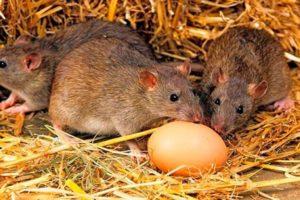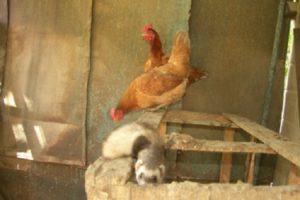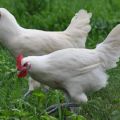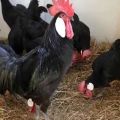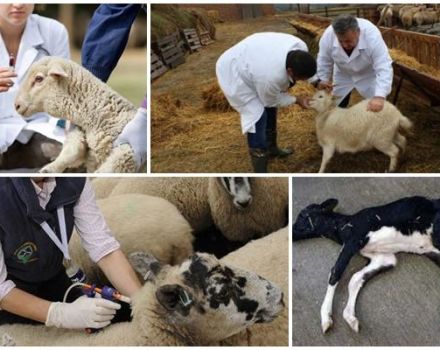Maintenance and care of laying hens at home for beginners
The rules for keeping laying hens at home for beginners are of interest to many inexperienced farmers. To raise healthy birds, it is worth choosing the right breed, equipping a chicken coop and a walking area. It is imperative to provide the birds with proper care. It includes a balanced diet, adherence to drinking and disease prevention.
Growing features
There are several varieties of chicken breeds, each of which has certain characteristics for growing.
Meat breeds
These breeds are very popular with many farmers, as they allow you to get a lot of tasty meat. These chickens are considered very unpretentious, but they require compliance with certain rules. It is recommended to keep the birds clean, therefore it is worth systematically changing the litter.
Meat breeds do not require too bright lighting. Therefore, in the poultry house it is worth making 1 small window. In order for the birds to gain weight well, it is recommended that they provide an optimal temperature regime at +25 degrees.
These chickens need a lot of protein. Therefore, the diet should contain fish or meat meal. Also, the birds should be given cottage cheese.
Broilers
Cages are used for breeding broilers. A room with deep bedding will also work. There should be a maximum of 18 chicks per square meter. Broilers need adequate ventilation, constant lighting and high temperatures.
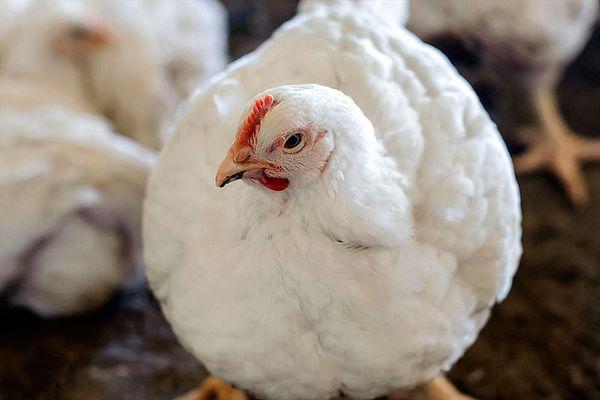
At the initial stage of rearing, the temperature in the house can reach +35 degrees. The indicator is gradually reduced to + 18-20 degrees. It is worth heating the room with infrared heaters.
Hens
Such chickens require adequate lighting and good ventilation. The room should be kept at a constant temperature of + 23-25 degrees. The parameters of egg production are influenced by the physical activity of chickens. Therefore, in the summer, it is recommended to release them to the walking area.
Such birds can fly, therefore the aviary should be protected with a net with small cells. It should cover the paddock and the space above. This will help prevent wild birds from entering the enclosure, which are a source of infection.
Breed selection
Not all breeds are suitable for household use.Therefore, beginners are advised to choose chickens depending on the characteristics of the content. They are simple or purebred. The first category is distinguished by fewer requirements for feed and maintenance.
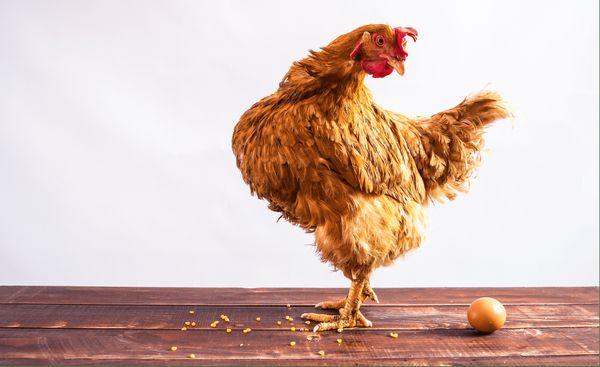
Chickens are meat or egg. From meat broilers during the season it will be possible to grow an individual for slaughter. Its weight is 3-4 kilograms. Egg breeds run well. However, with the arrival of the molt, they are allowed to be hammered.
Novice poultry breeders should pay attention to the following breeds:
- Leghorns;
- Red white-tailed;
- Russians are white.
How to choose young animals?
It is recommended to acquire young chickens at poultry farms. It is there that the rules of maintenance are strictly followed, there is a clear control of nutrition and prevention of diseases is carried out. When choosing young animals, you should pay attention to the following features:
- sufficient activity;
- healthy appearance;
- soft belly;
- clean cloaca;
- smooth beak and neck;
- normal head size;
- overgrown umbilical cord;
- adherence of the wings to the body.
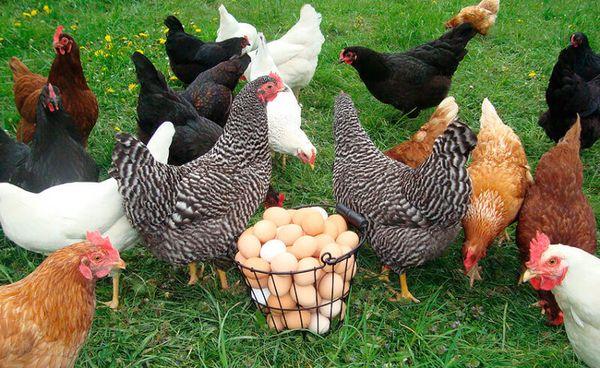
In 1 month it will be possible to determine the sex of the birds. It should be borne in mind that there should be at least 1 rooster for 10-13 females. If you plan to buy 20 females, you need 2 males. This number of hens will produce approximately 60 eggs per week.
Content types
There are several types of bird keeping. Each of them has certain features.
Cellular (walk-free)
This type of chicken breeding is usually used for meat breeds. It greatly simplifies bird care. Domestic chickens need free space. This is especially true for hens. Egg production depends on their mobility.
Birds that need to gain weight quickly are kept in cages. This method has undeniable advantages:
- there is no need to worry about the safety of individuals;
- cells are easy to wash and clean;
- it is possible to make the dispensing of water and feed automatic;
- it is easy to increase the livestock;
- the risk of infection of chickens is minimized.
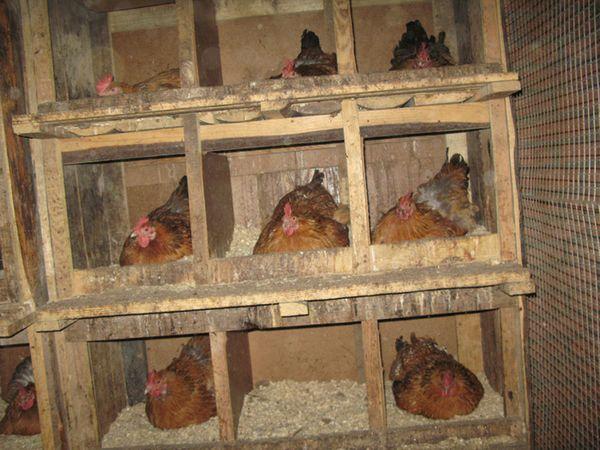
Reduced locomotor activity in beef breeds, combined with a properly formulated diet, ensures rapid weight gain. This content is used when growing broilers.
Walking
This method does not mean that the birds are constantly in the open area. In such a situation, a closed chicken coop and an open-air cage are made. In winter, the room must be heated. The aviary is complemented with a high fence so that the birds do not scatter. The ratio of the area of the chicken coop to the pen is 1: 4.
The walking method is characterized by the following features:
- the quality of eggs increases and their number increases;
- the bird is free;
- reduced costs for feed and electricity;
- chickens get sick less and retain reproductive capabilities for a long time.
On mesh (slat) floors
This option allows you to accommodate more individuals than in a regular cage. It is worth keeping up to 10-12 chickens on 1 square meter. This is ensured by the self-cleaning of the house.

It is recommended to use metal mesh instead of floor. A wooden lattice is also perfect. This allows the faeces to fall through the cells and onto a removable tray or concrete floor.
The feeders are installed from the outside. Thanks to this, chickens do not trample or carry food. This makes it possible to save 15% of the feed.
On a deep bed
Keeping chickens with this method is irrational, but it remains popular with many poultry farmers. To implement this method, it is recommended to build cells. Litter is poured onto the floor of the chicken coop. It includes a thick layer of straw or wood shavings. Biochemical processes help to heat the litter up to +35 degrees. This saves on electricity costs.
Before using deep bedding, it is worth compacting the dirt floor well.Then it is covered with a layer of lime. 1 kilogram of the substance is used per 1 square meter of the floor. The litter should be at least 15 centimeters thick.

The disadvantages of this technique include egg contamination, ineffective use of the premises, and the risk of disease. A maximum of 5 birds can be accommodated on 1 square meter of the chicken coop.
General rules of content
To keep chickens, they are advised to provide optimal conditions. This will help strengthen the birds' immunity and prevent dangerous diseases.
Room for keeping chickens
First of all, you should properly equip the chicken coop. It should include the necessary equipment. It is important to insulate the house and provide adequate ventilation.
House materials and construction
A small chicken coop is easiest to build with wood panels. Between them it is worth placing a heater. Its role is played by foam or glass wool. If a large livestock is planned, the poultry house is made of bricks or foam blocks.
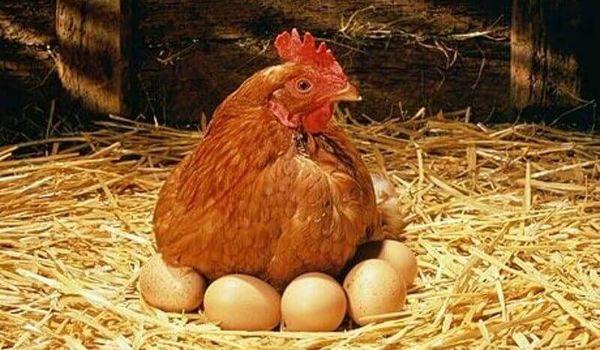
Lighting in the chicken coop
To increase the parameters of egg production with a decrease in the length of daylight hours, there is a need for additional lighting. In this case, it is worth lengthening the day after the completion of the molting processes.
Microclimate and ventilation
The optimum temperature for chickens is + 23-25 degrees. It is in such conditions that chickens rush well. In winter, the temperature should not drop below +15 degrees. Ventilation is also important. It is best to make a hood with plugs.
Walking yard for birds
For high productivity of chickens, they must receive a sufficient amount of vitamin D. Birds receive this substance only during walks. The walking area should be fenced off. Shelters should be made on the territory. It is also recommended to arrange drinkers and feeders.
Feeders, drinkers and ash baths
When arranging a chicken coop, it is worth putting 2 feeders and drinking bowls each. One set is placed inside the chicken coop, the second is outside in the aviary. The drinker should hold 5-6 liters of liquid. Feeders are recommended to be bought in a store or made by yourself.

The ash bath is also important. To do this, it is recommended to take a wooden box, fill it in equal parts with wood ash and sand. Such a structure helps to cope with bed bugs, ticks and other pests.
Litter for chickens
The floor in the chicken coop should be covered with sawdust, hay or straw. This will become a dry chicken bed. It is recommended to change this layer periodically. In winter, its thickness should be increased to 50 centimeters.
Bird care
Bird care rules differ depending on the season and other features.
Summer
In the summer, caring for chickens is easy. Birds should be predominantly free-range. They should provide access to fresh grass and insects. Thanks to this, the birds will be able to get a sufficient amount of vitamins and minerals.
In abnormal heat, there is a risk of decreased egg production. If the temperature exceeds + 30-35 degrees, it is worth shading the chicken coop and the walking area.
In winter
In the cold season, the productivity of birds decreases. This is due to low temperatures and reduced daylight hours. The area for walking should be cleared of snow. Walking is permissible if the temperature is at least -10 degrees. In such conditions, walking lasts no more than 15 minutes.
Inside the chicken coop, the temperature should be at least +15 degrees. For this, infrared lamps are used. Dried herbs or root vegetables should be added to the diet.
Chicken diet
It is recommended to feed the birds twice a day. To do this, use ready-made feed or make them yourself. Do not use too much damp mash. It is worth adding greens and vitamins to the composition. Young birds are fed 3 times a day. Overfeeding them is prohibited.
How to breed chickens correctly
Raising chickens is beneficial.Chickens are bred for sale or for fattening. Most hybrid breeds have lost their egg-hatching skills. Therefore, an incubator is used for this. It is a closed egg storage device with a heating system.
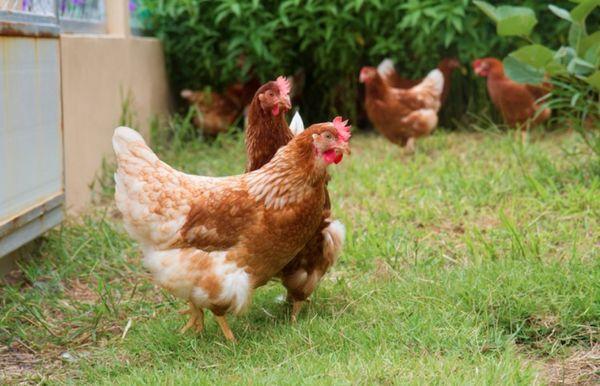
The eggs should be checked carefully beforehand. With the help of an ovoscope, it is possible to enlighten them, identify defects and evaluate the development of the embryo, which will make chicken breeding more effective.
Some birds themselves hatch offspring. A brood hen requires a small nest. It should be fitted with thick bedding and a central recess.
Diseases of chickens and their treatment
Chickens often face various diseases. To avoid problems, you should follow the rules of hygiene and vaccinate on time.
Non-infectious
Such diseases are caused by various disorders in the functioning of the body. Pathologies are considered non-infectious, but very dangerous for chickens. Non-infectious ailments include gastroenteritis, goiter atony, vitamin deficiency, cloacitis.
Diseases are usually caused by irregularities in the diet or poor hygiene. To cope with them, it is worth making adjustments to the birds' lifestyle.

Infectious
The development of such diseases is caused by the penetration of foreign objects into the body. They are characterized by an incubation period. The infection enters the body through the digestive system, skin, or respiratory system.
Most often, chickens have colibacillosis, salmonellosis, Newcastle disease, tuberculosis, pasteurellosis. Usually, treatment is carried out with antibacterial drugs.
Parasitic
They are caused by infection with internal or external parasites. There are many abnormalities that differ in the course and degree of contagion. For the treatment of such diseases, antiparasitic drugs are used.
Even inexperienced poultry farmers can keep chickens. In order to raise healthy birds and protect them from dangerous diseases, it is recommended to observe a number of important conditions. To do this, it is worthwhile to properly equip the chicken coop, provide a full diet and engage in disease prevention.
